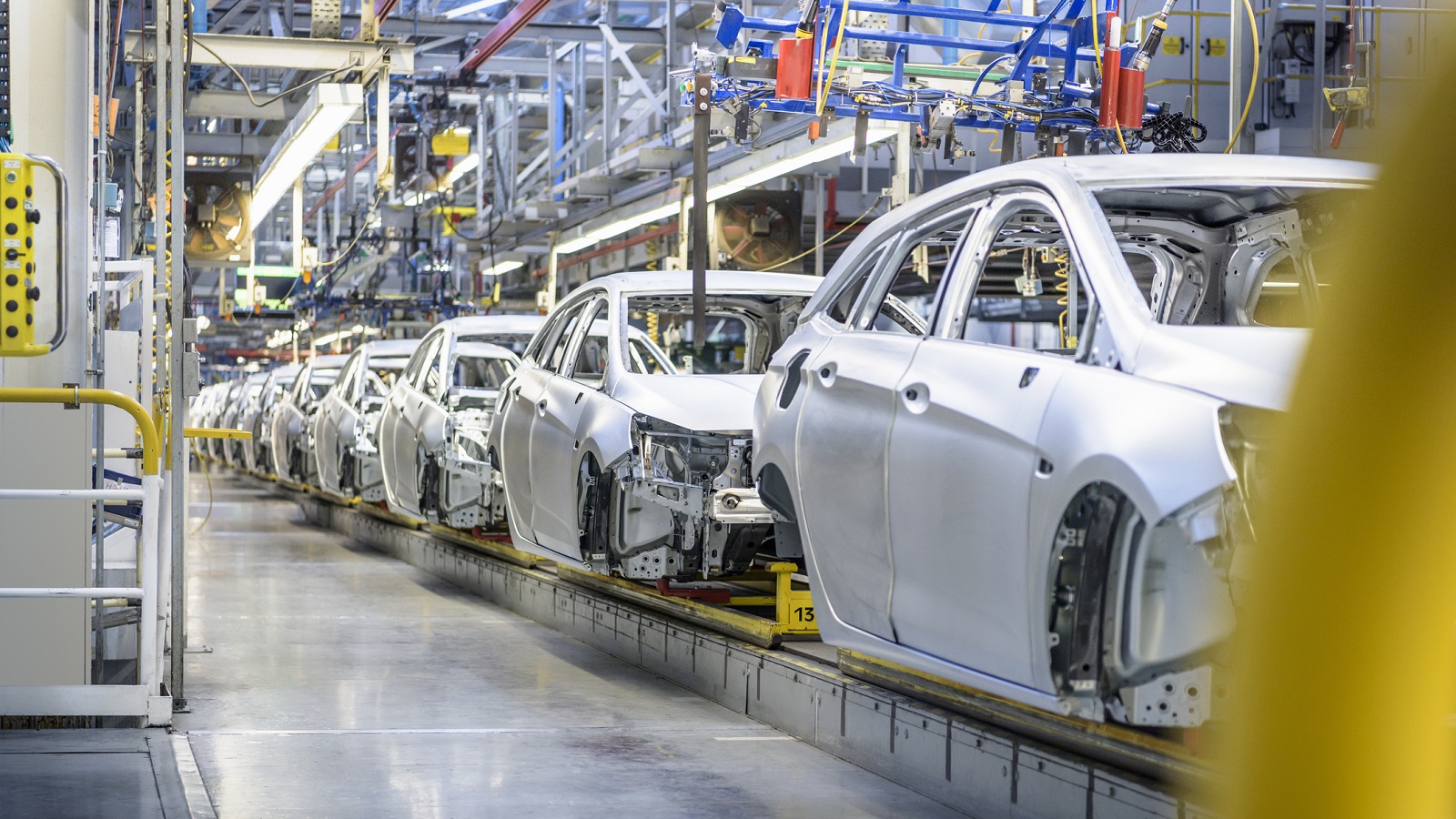
To help you understand what is going on in the auto industry and what we expect to happen in the future, our highly experienced Kiplinger Letter team will keep you abreast of the latest developments and forecasts (Get a free issue of The Kiplinger Letter or subscribe). You'll get all the latest news first by subscribing, but we will publish many (but not all) of the forecasts a few days afterward online. Here’s the latest…
If you’re in the market for a car this year it won’t be quite as daunting as it was during the pandemic and its immediate aftermath. Inventories are up and price increases are slowing. Here’s what to expect for the auto industry in 2024:
1. Sales of new cars should hit 15.7 million, up from 2023.
Vehicle availability has steadily improved after years of shortages, so more shoppers should find a ride to suit them. Price increases are slowing down.
Buyers should have more room to haggle. They may even see some sales incentives, which all but disappeared during the COVID-19 era. Deals won’t exactly be juicy. But some price breaks and low-interest, or even zero-interest, financing could be back on the table. A few years ago, asking for such concessions would have been unthinkable.
2. Sales of used cars should pick up slightly.
Prices have halted their recent decline. Used autos are about 40% more expensive than comparable ones from before the pandemic, as supplies remain tight.
3. Hybrid vehicles are the hot sellers this year.
Look for their market share to rise from 9% last year to 14%. Most consumers aren’t yet sold on electric cars. Hybrids offer fuel savings at a modest price premium and generally drive like traditional cars.
Note how common hybrids are becoming. Once reserved for economy cars, hybrid tech is now available in just about every class of vehicle, from family sedans, minivans, full-size pickup trucks, and small trucks to every size of sport-utility vehicle. Toyota’s venerable Camry will become hybrid-only, starting with the 2025 model year. Its newly redesigned Prius gets rave reviews and almost 60 miles per gallon. Ford has a hit on its hands with the small but practical Maverick hybrid pickup truck.
4. Sales of EVs will grow, but their momentum is waning.
Look for EV models to account for 9% of total vehicle sales this year, vs. 8% in 2023. Manufacturers are slowing future EV production plans as inventories build up on dealer lots. Dealers recently had 113 days’ worth of supply of EVs at the current sales pace, about double the level for gas-fueled cars. If you’re interested in an electric car, you’ll have more room to negotiate.
Also, note that the federal tax credit for EVs has become more generous. The $7,500 is now available at the time of purchase from the dealer, instead of as a credit filed with your taxes. However, fewer electric cars are eligible for the credit now, because they don’t meet the made-in-America requirements.
While carmakers are pumping the brakes on EVs, they aren’t giving up. 37 new models are coming out this year, with a similar tally due in 2025. Government fuel efficiency rules make this a necessity. And automakers are hoping that car buyers, who are traditionally brand-loyal, will switch to their new EV options.
This forecast first appeared in The Kiplinger Letter, which has been running since 1923 and is a collection of concise weekly forecasts on business and economic trends, as well as what to expect from Washington, to help you understand what’s coming up to make the most of your investments and your money. Subscribe to The Kiplinger Letter.







